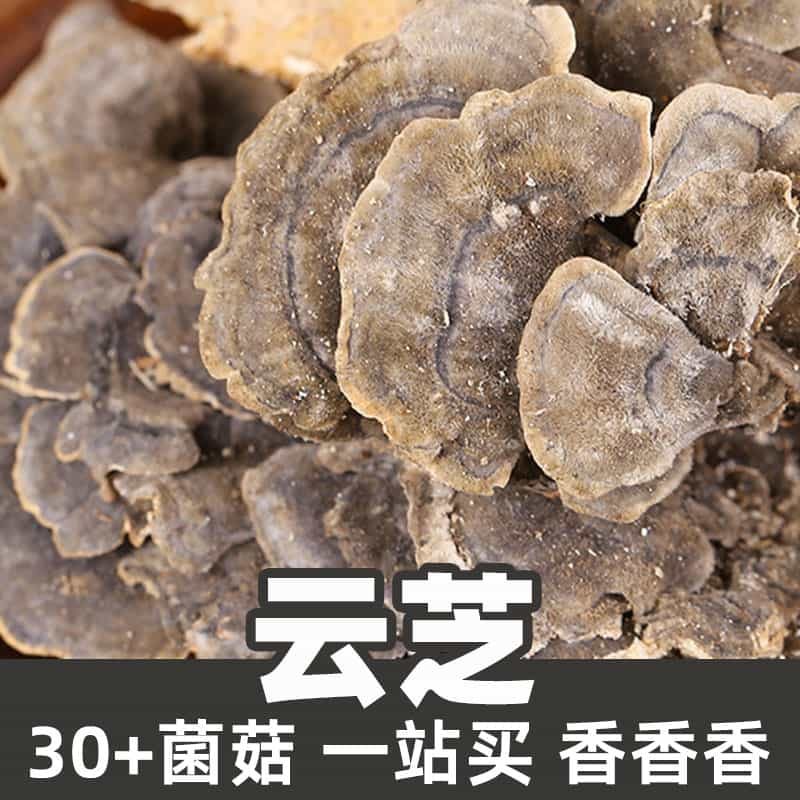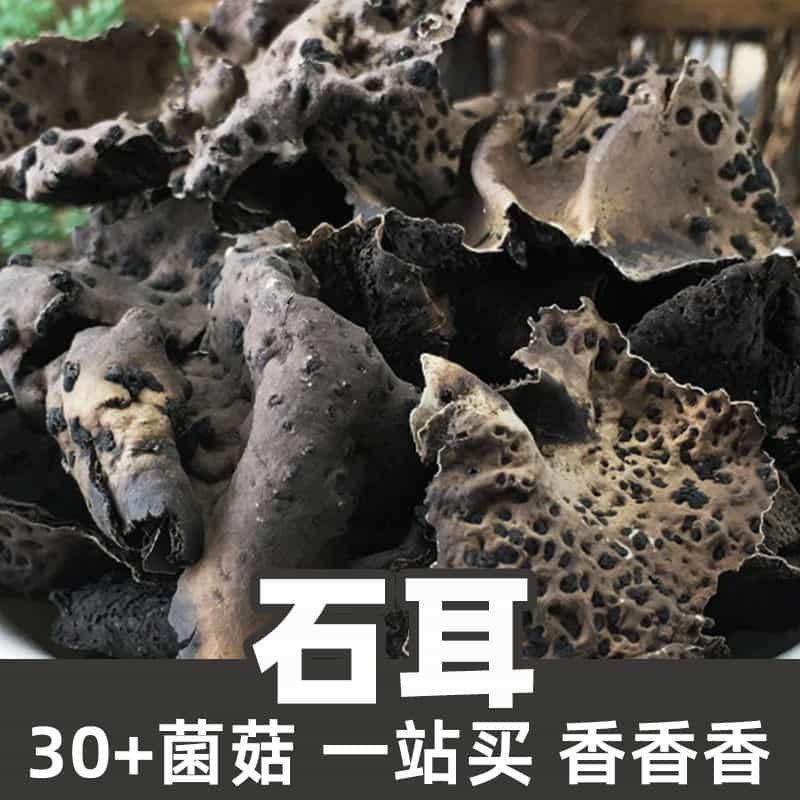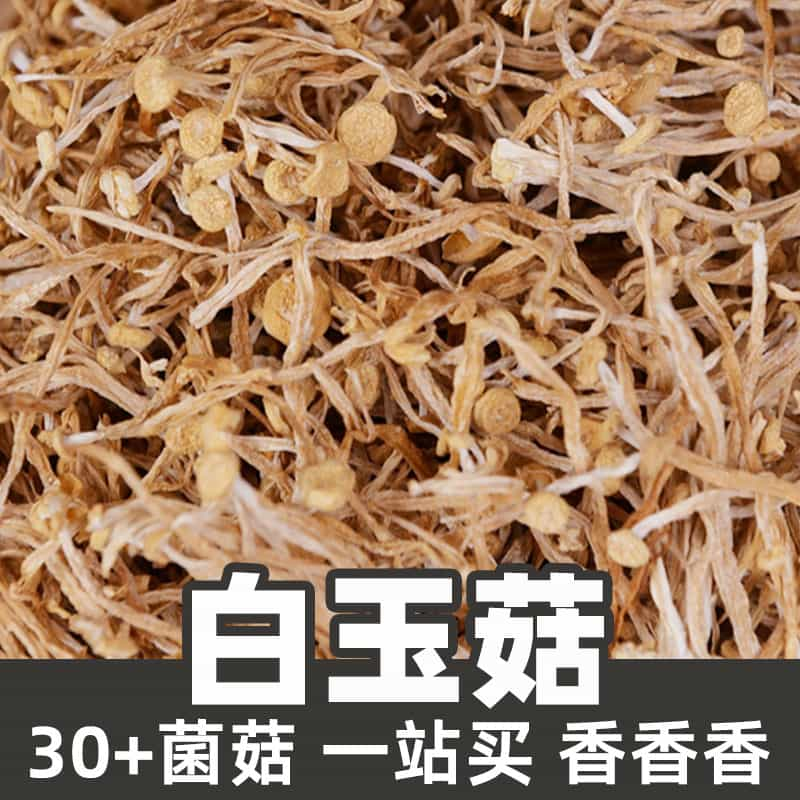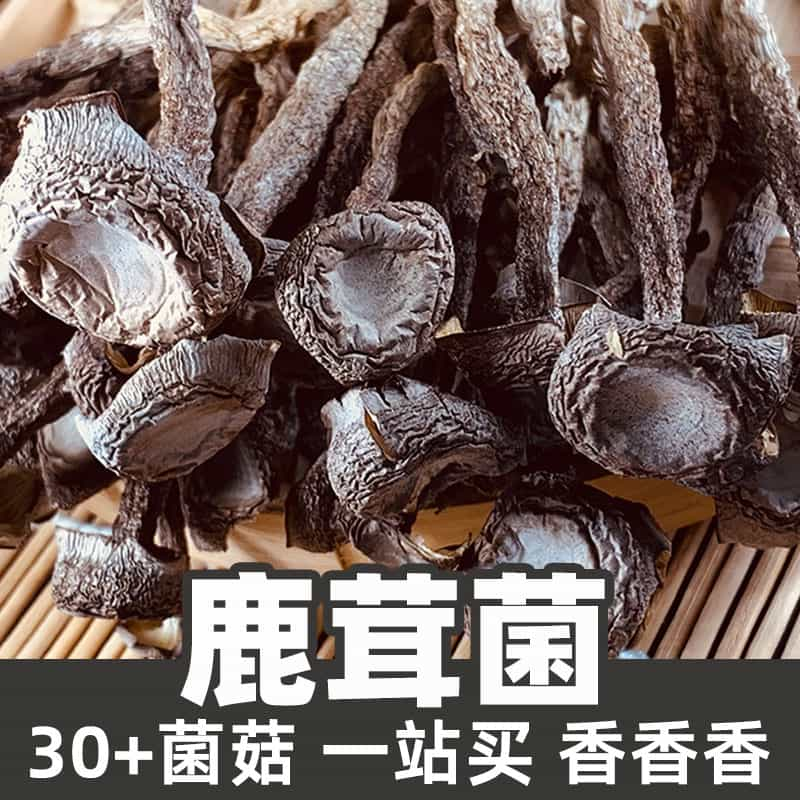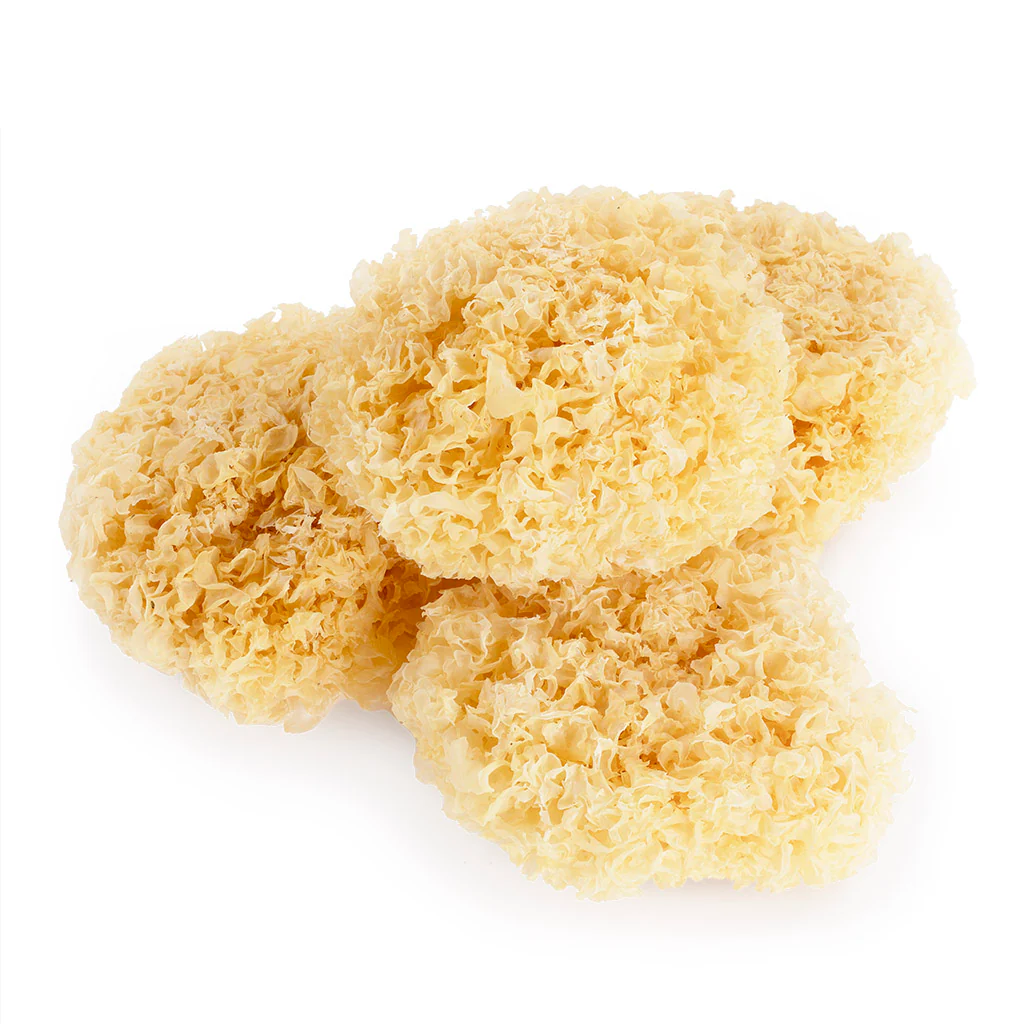Nameko mushrooms, or Pholiota nameko, are a unique species of edible fungi renowned for their distinct appearance and culinary applications. Native to East Asia, particularly Japan, these mushrooms thrive in temperate forest environments where decaying wood provides an ideal substrate. Nameko mushrooms are known for their glossy, orangish-brown caps that become more slippery when wet, which enhances their appeal in various dishes. Beyond their aesthetic qualities, they boast a rich nutritional profile, making them a favored choice among health-conscious consumers. They are traditionally used in Japanese cuisine to enhance the flavor of soups, stews, and rice dishes, contributing a delightful umami taste and a unique texture. Their versatile nature makes them suitable for various culinary adaptations outside of traditional Japanese cooking as well.
In terms of nutritional value, nameko mushrooms are recognized for their health benefits. They are rich in polysaccharides that contribute to their immune-boosting properties and dietary fiber that supports digestive health. Additionally, the mushrooms contain amino acids that are essential for the body, making them a key component for vegetarian and vegan diets. With an ability to absorb flavors from other ingredients, nameko mushrooms are increasingly popular in international cuisine, particularly in vegetarian dishes where they serve as a protein source. As demand for plant-based ingredients continues to grow, the culinary popularity of nameko mushrooms expands into new territories, encouraging exploration into their uses beyond their traditional roots.
Nameko mushrooms are versatile in their applications, serving various culinary purposes. They can be enjoyed in traditional miso soup, enhancing the dish's flavor with a mild earthiness and a slightly gelatinous texture. In stir-fries, they add bulk and nutrition, complementing vegetables and proteins alike. Additionally, their nutty taste and satisfying mouthfeel allow them to work as a meat substitute in vegetarian recipes, providing a meat-like texture in savory dishes. Nameko mushrooms can also be dried and stored, retaining their flavors for long-term use, making them a staple in many pantries. Beyond their culinary applications, these mushrooms are often used in health supplements and traditional medicine due to their potential health benefits.
In terms of growth environment, nameko mushrooms predominantly thrive in the damp, wooded areas of East Asia, especially in Japan where they are cultivated commercially. They are saprophytic fungi, feeding off decaying organic material, which makes deceased trees and logs their primary habitat. The ideal conditions for their growth include a shaded environment with high humidity, typical of moist forest ecosystems. As such, they can often be found growing on hardwood, particularly in mid to late autumn when environmental conditions are most favorable. While their natural habitat is highly specific, cultivation practices have expanded their availability globally, leading to commercial production in various countries. Successful cultivation relies on replicating their native conditions to ensure quality and flavor retention.
The harvesting process for nameko mushrooms is carefully managed to maintain quality and safety. They are usually harvested by hand to avoid damaging the delicate caps or the surrounding mycelium. Once harvested, nameko mushrooms are often transported to processing facilities where they are sorted, cleaned, and packaged for distribution. Fresh nameko mushrooms require rapid processing to preserve their freshness and flavor. For long-term storage, these mushrooms can be dried, during which their moisture content is reduced significantly, allowing for preservation without refrigeration. Dried nameko mushrooms can be rehydrated for use in various dishes while retaining their unique flavor. Proper storage in a cool, dry environment ensures that nameko mushrooms maintain their flavor and nutritional profile for extended periods.
Monica Sun is a seasoned expert in the natural raw materials industry, with over a decade of experience specializing in traditional Chinese medicinal herbs, spices, and fungi. She is skilled in the sourcing, processing, and application of these materials, emphasizing sustainability and innovation. Monica Sun has contributed to the development of high-quality natural raw materials that serve as essential components in functional foods, pharmaceuticals, and cosmetics, delivering tailored solutions to meet diverse market needs.









